Hey all! Real Farmer Jeff here.
As you may know, my garden has three steel raised beds. In fact, two of my raised beds are almost three feet tall and would have needed a massive amount of soil to fill – but I used an alternative method that I’ll share in this blog post.
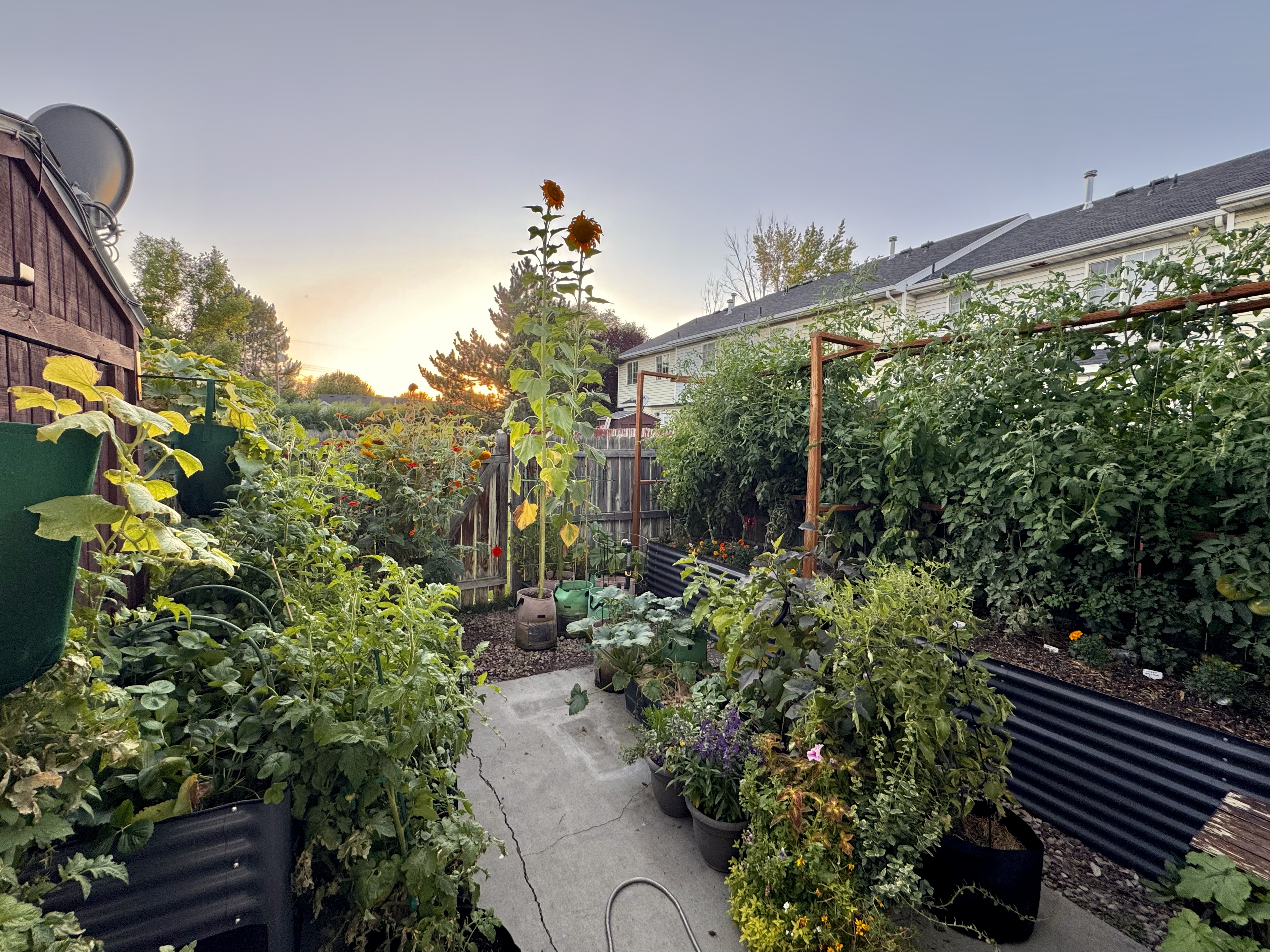
You may have heard of people filling the bottom half of tall, raised beds with logs or other organic material to reduce the amount of soil that is needed. This can be a great way to save tons of money on your initial garden setup!
In this blog post I am going to talk about what is called Hügelkultur: the method of filling raised beds with organic materials. In addition, I’m going to detail why straw can be a good option if you don’t have any other organic material that is readily available.
Let’s get started!

Hügelkultur: The Smart, Sustainable Way to Fill Deep Garden Beds
If you’re building or working with tall raised garden beds, you’ve likely realized how much soil it takes to fill them, and how costly that can get.
This is where Hügelkultur shines as an incredible technique.
Hügelkultur (pronounced HOO-gul-culture, German for “hill culture”) is a permaculture method where you fill raised beds or mounds with layers of organic material, starting with wood at the bottom and building up with compost, soil, and mulch.
Why Hügelkultur is Perfect for Tall Beds:
- Mimics a natural forest floor, which feeds itself over time
- Reduces soil costs dramatically
- Improves long-term soil fertility as the layers break down
- Retains moisture better than standard raised beds
- Encourages microbial and fungal activity for healthier plants
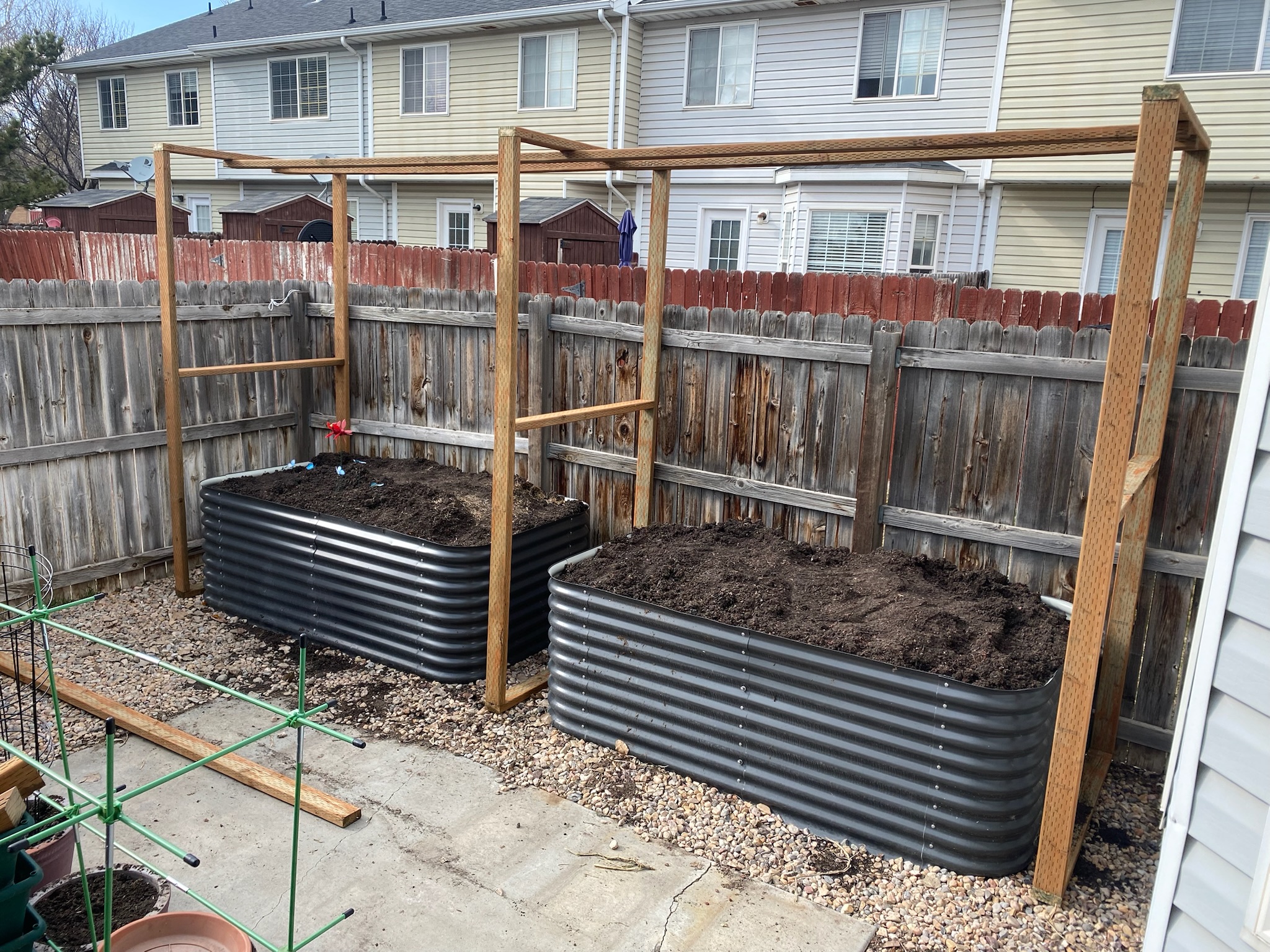
Why Hügelkultur is a Raised Bed Game-Changer
If you’re filling deep beds, don’t waste money and effort hauling in yards of expensive topsoil. It can get extremely costly! Instead, layer organic materials you may already have access to and let nature do the work.
Hügelkultur beds…
- Are cheaper to build
- Stay moist longer
- Become more fertile every year
- Are perfect for tall planters, large raised beds, and even in-ground beds
Best Hügelkultur Materials
- Bottom Layer (bulk & structure):
- Large, rotting logs or tree trunks
- Thick branches or firewood scraps
- Wood chips (moderate amount only)
- Avoid woods like black walnut (allelopathic) or cedar (slow to break down)
- Tip: This layer replaces a big portion of soil and breaks down slowly to feed the bed for years.
- Middle Layer (decomposition zone):
- Smaller branches, twigs, leaves
- Straw (more below on why it’s great)
- Grass clippings (thin layers only)
- Aged manure or composted animal bedding
- Cardboard or newspaper (to block weeds and absorb moisture)
- Top Layer (planting surface):
- Rich compost
- Topsoil or high-quality garden soil
- Mulch (straw or bark chips)
- Worm castings or organic fertilizer (optional)
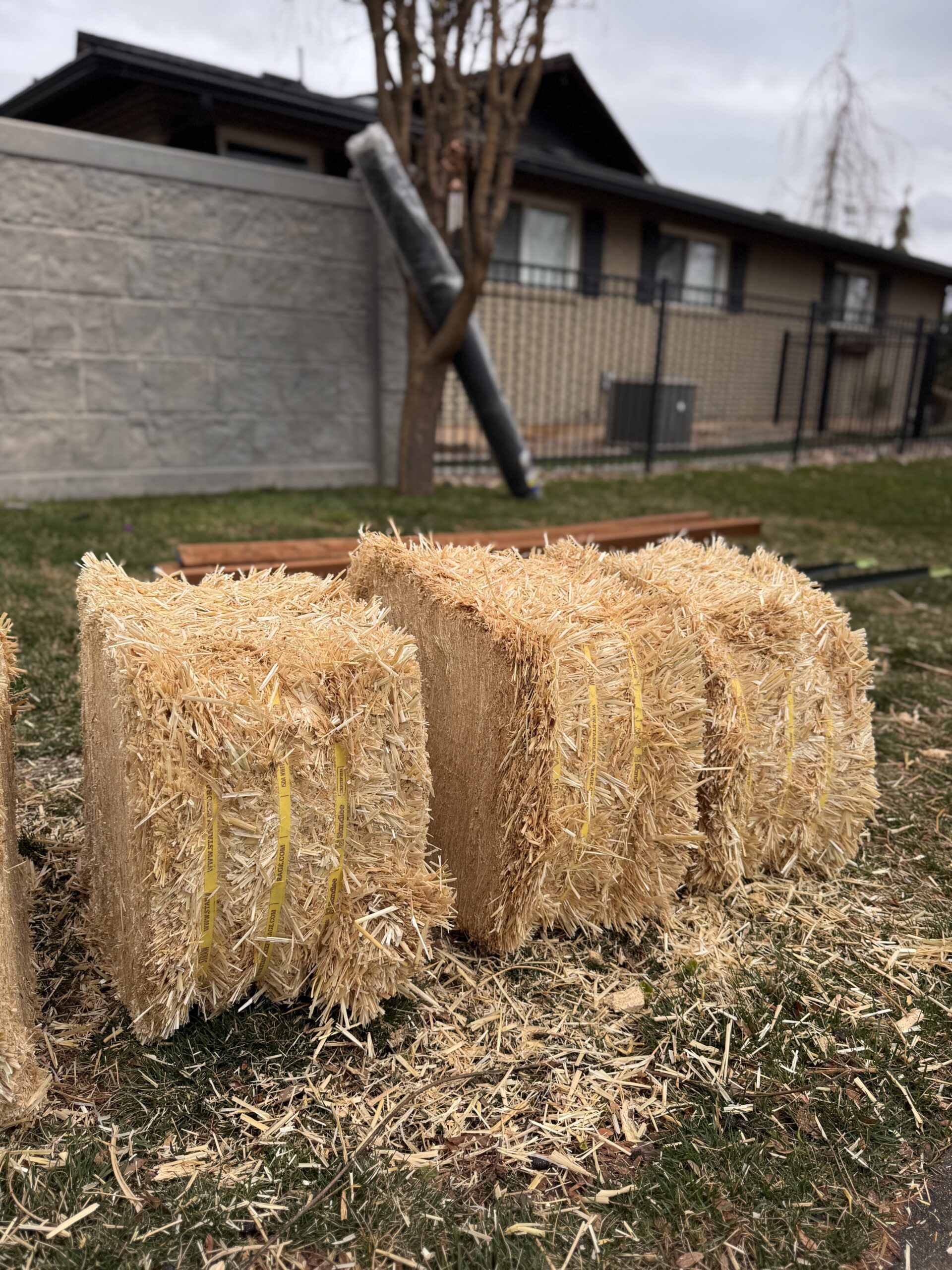
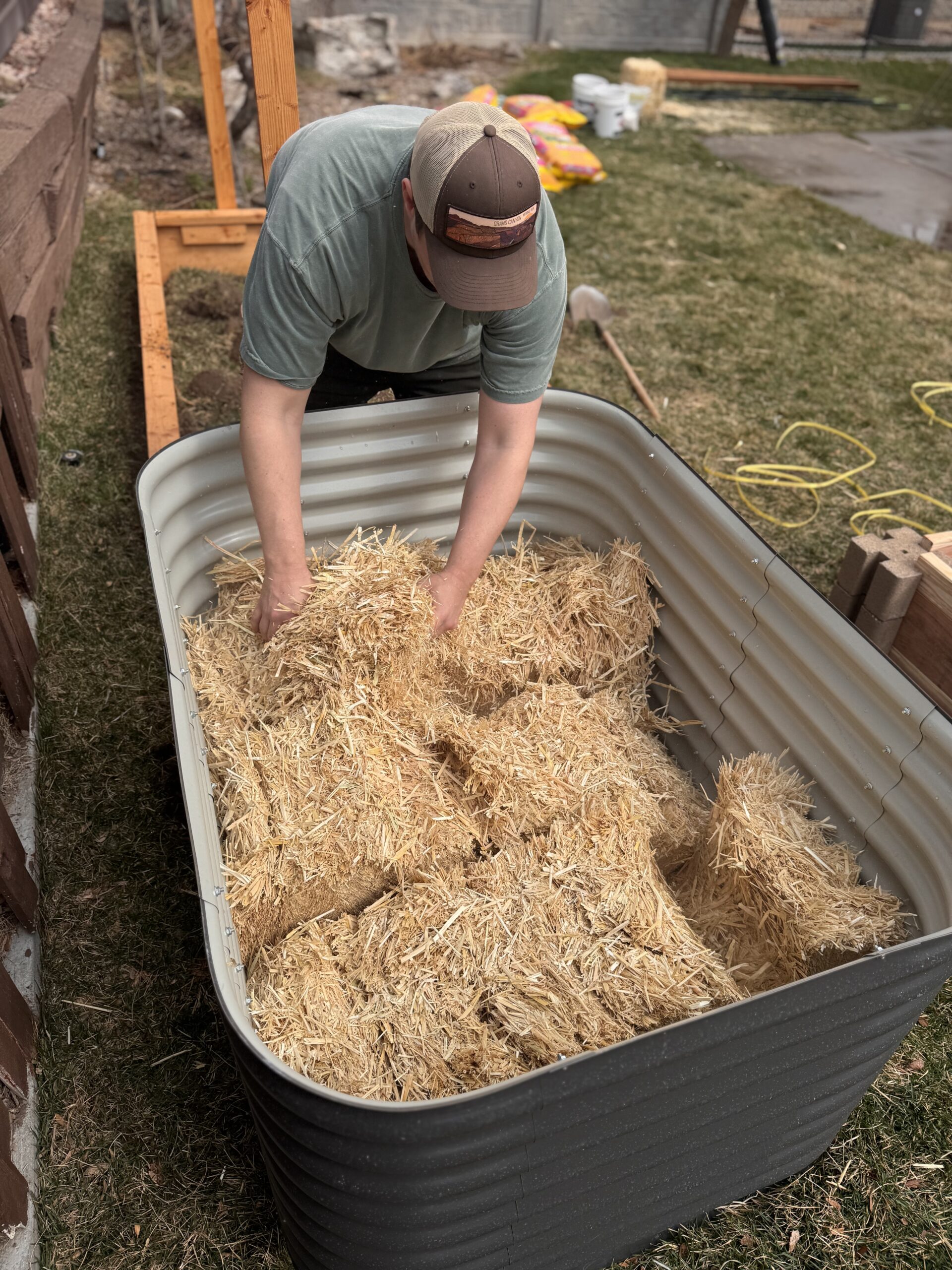
How Straw Fits In: A Hügelkultur Essential
Straw is a fantastic material for filling the middle and upper layers of a tall Hügelkultur bed. Read about it below.
Benefits of Using Straw:
- Carbon-Rich: Helps balance nitrogen-heavy materials (like compost)
- Moisture-Retentive: Holds water like a sponge
- Lightweight and easy to handle
- Breaks down faster than wood but slower than greens, giving steady composting energy
How to Use Straw in Tall Beds:
- Tuck it between wood and compost layers to cushion and insulate
- Hydrate it before adding to avoid dry pockets
- Use on top as mulch to prevent soil crusting and weed growth
- Ensure it’s weed-free and chemical-free
Why You Should Choose Straw for Hügelkultur:
- Hay may introduce weed seeds
- Hay often contains herbicide residues, especially if not organic—these can persist in soil and harm plants
- Straw is safer, cleaner, and more consistent as a gardening material
Straw vs. Hay: Why It’s Critical to Know the Difference

Let me know if you want a sample plan for a specific bed size. I can help you design a layer-by-layer strategy with estimated materials!
If you enjoyed this blog post, be sure to check out my other gardening blog posts:
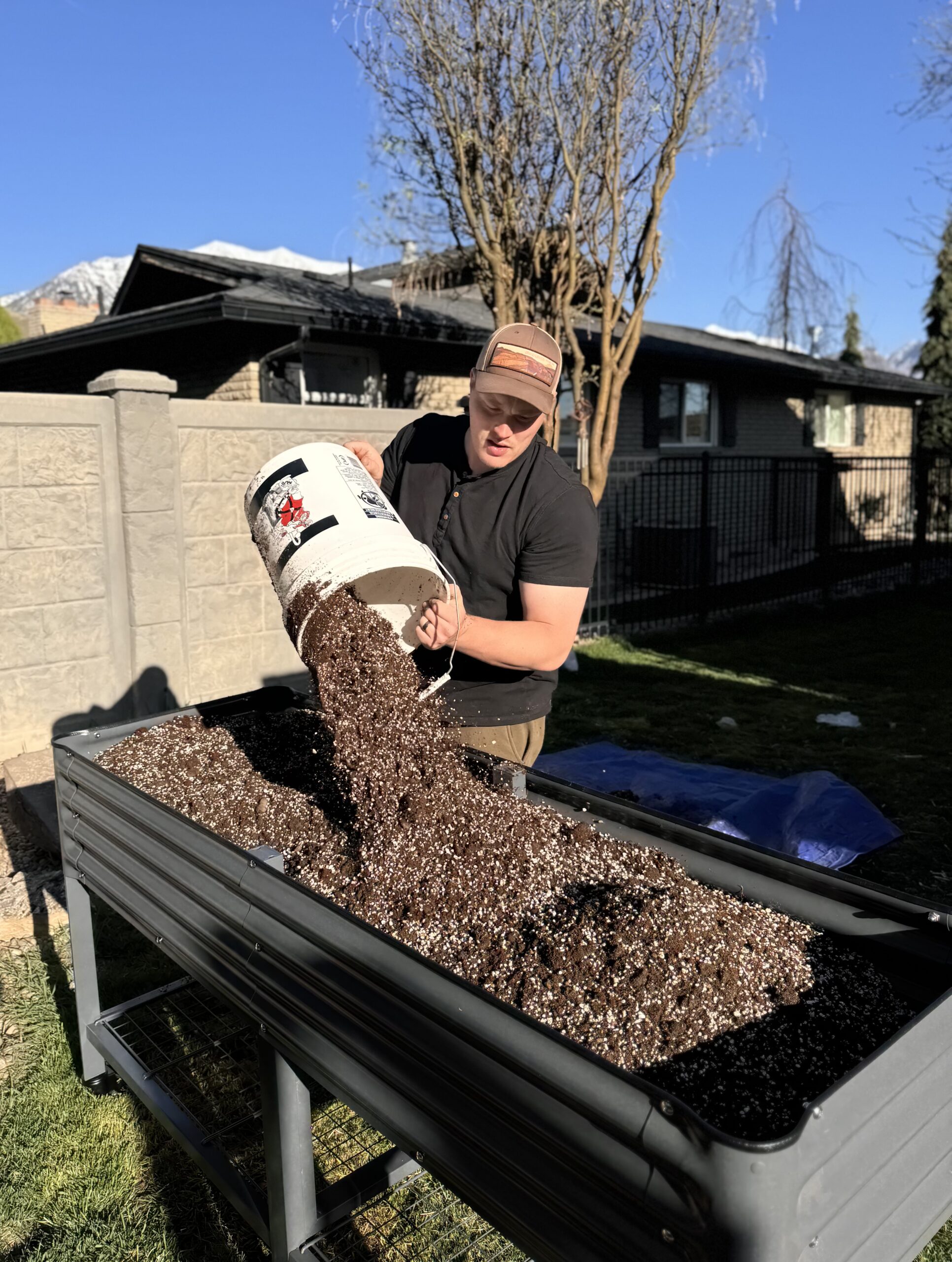




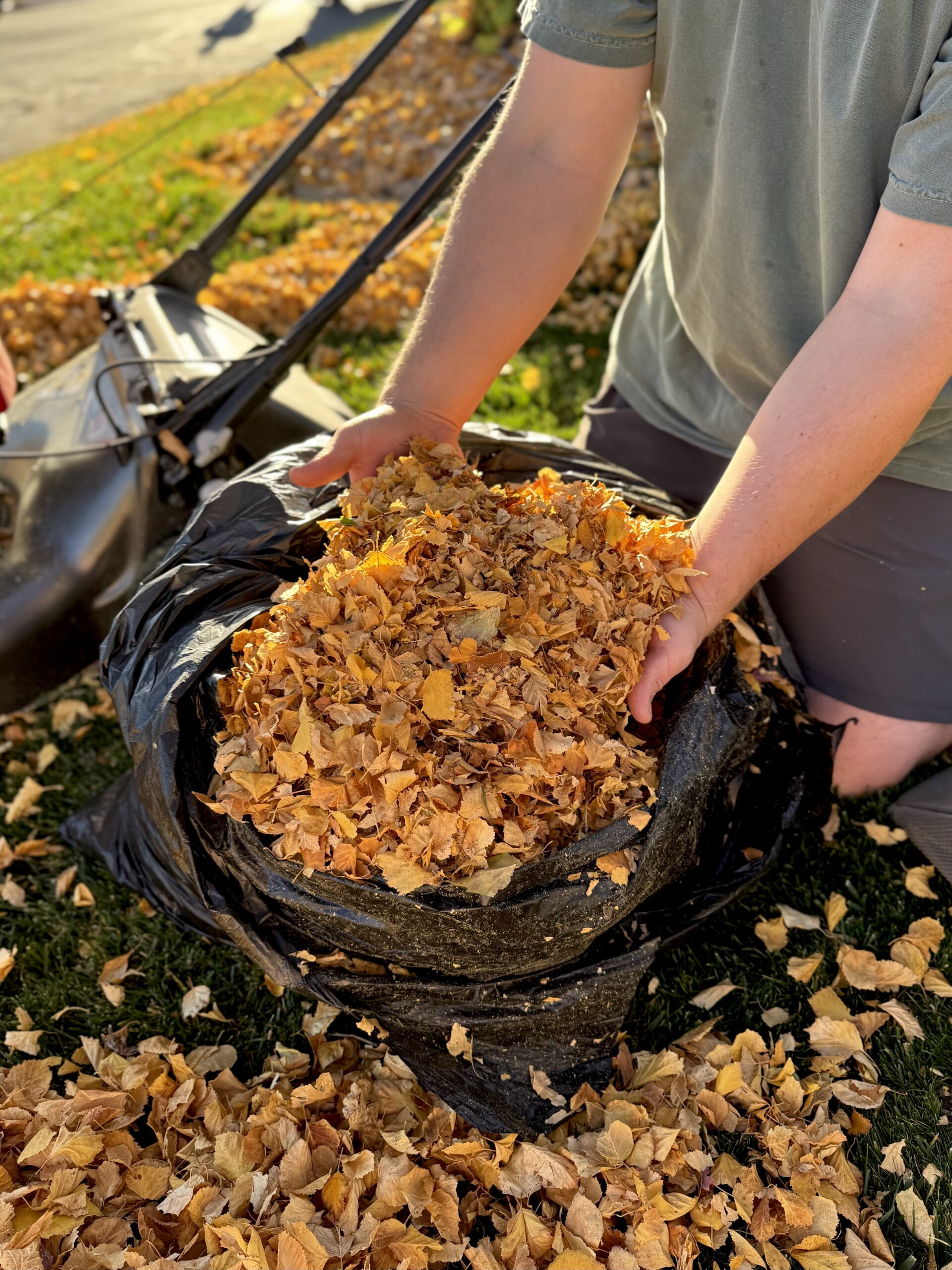
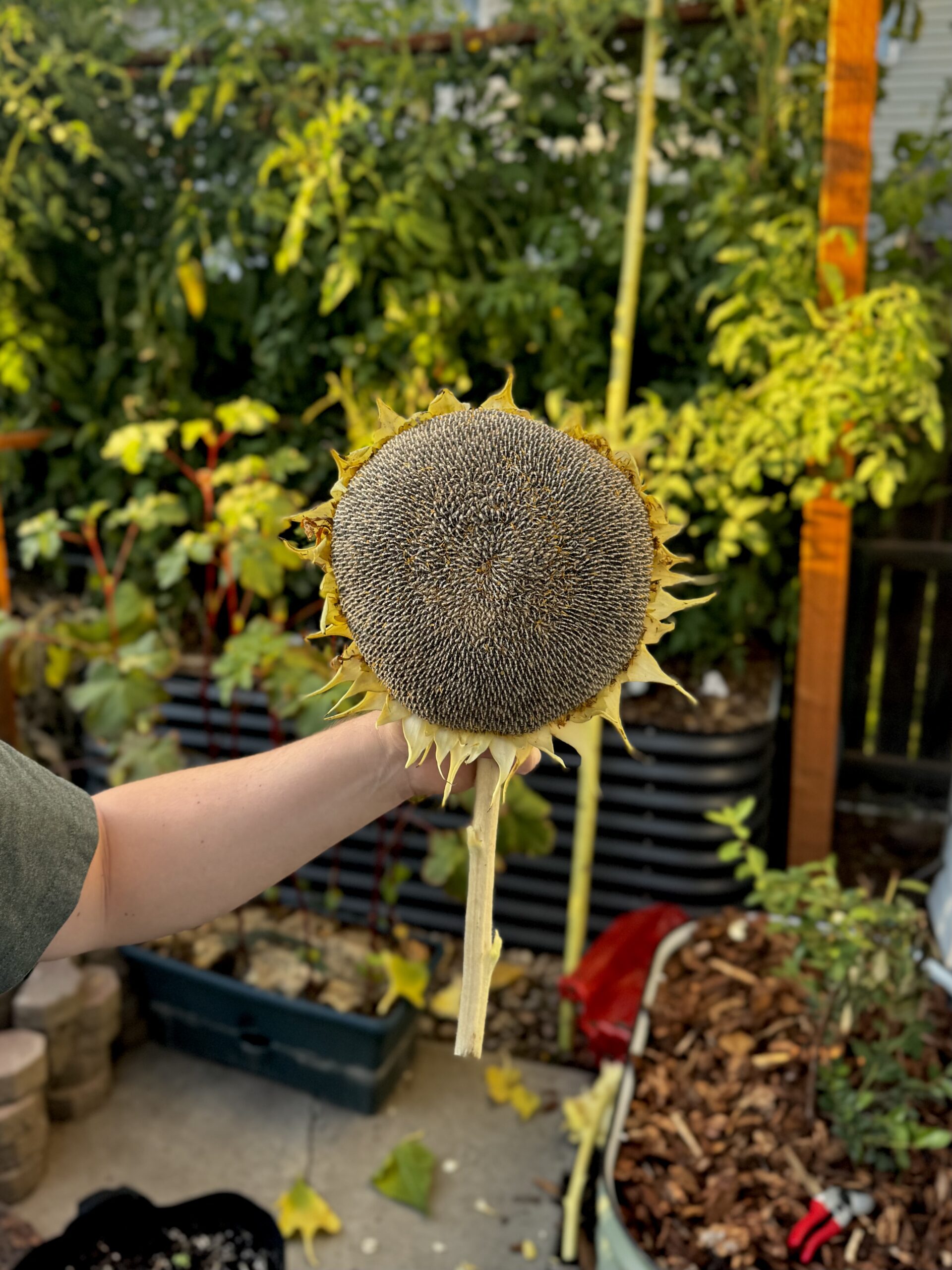
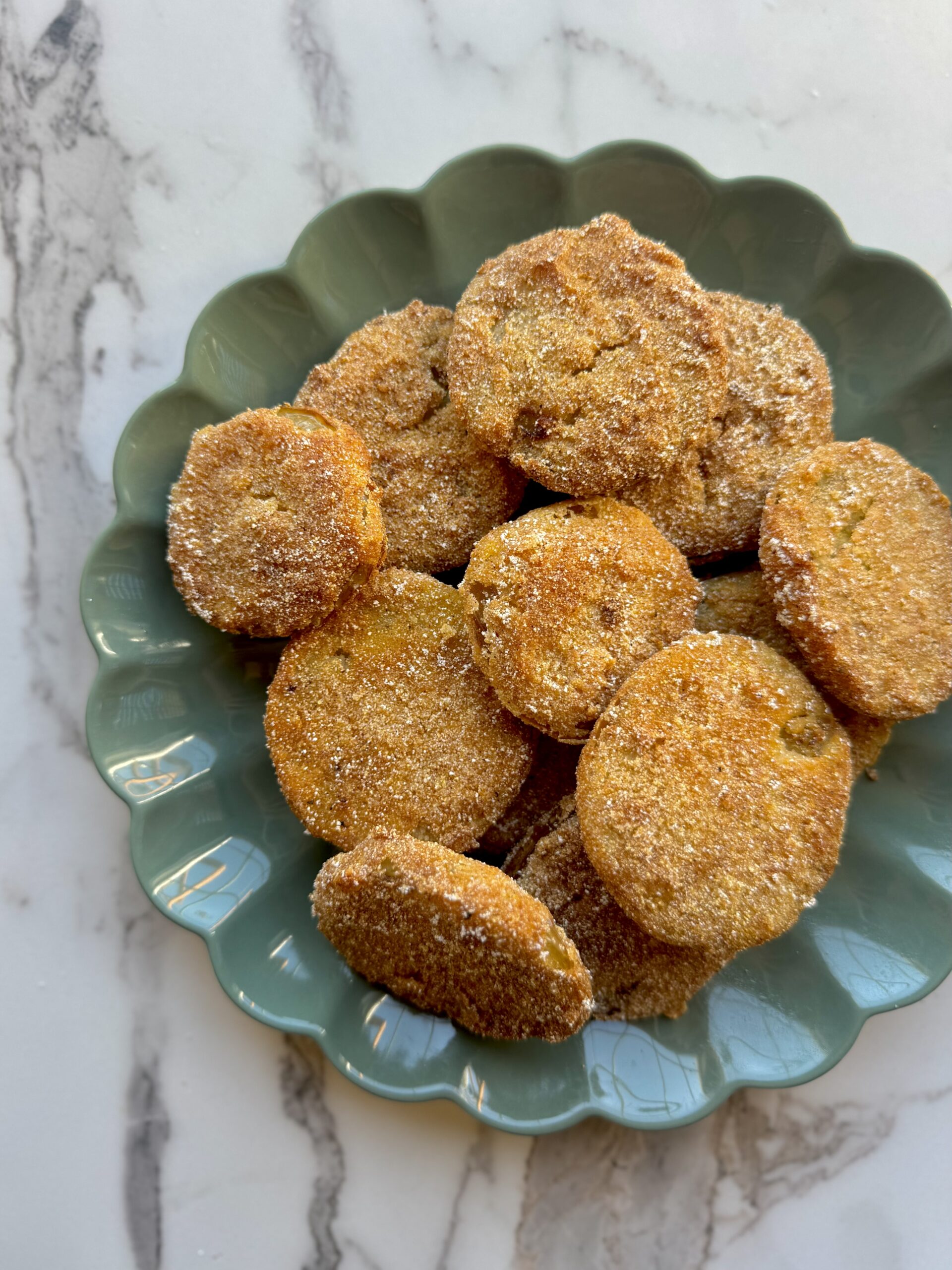
I put wood at the bottom of mine and it turned out great!
I’d never heard of hugelkultur before this. The benefit moisture retention makes so much sense!